
Marine Science
Fish’s rapid response to climate change
Some species of fish have special adaptive mechanisms that could improve their chances of surviving the greenhouse effect.
Page 3 of 3

Marine Science
Some species of fish have special adaptive mechanisms that could improve their chances of surviving the greenhouse effect.
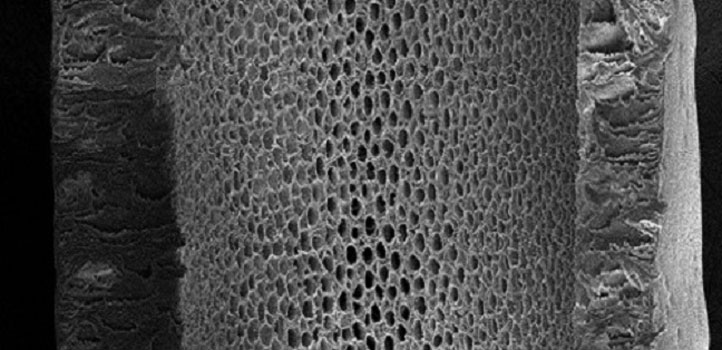
Environmental Science and Engineering
Tailor-made membranes offer a cleaner method for the industrial-scale separation of chemical mixtures, says Suzana Nunes. But first we need to make their manufacture greener.
Marine Science
A new soil classification system, and tools to implement it, helps understanding of the properties of the ground underpinning geo-engineering projects.
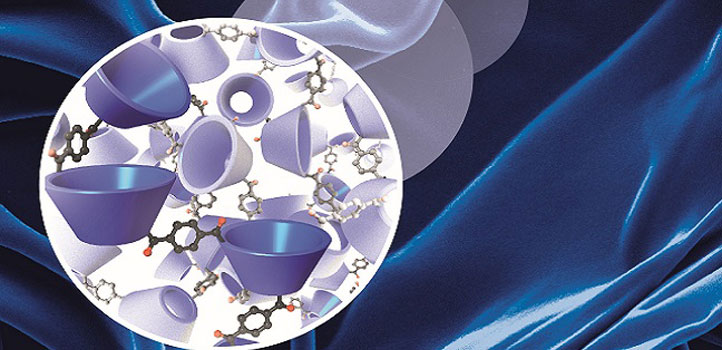
Chemical Engineering
Cone-shaped sugar structures can be connected together to form selectively porous nanofiltration membranes.
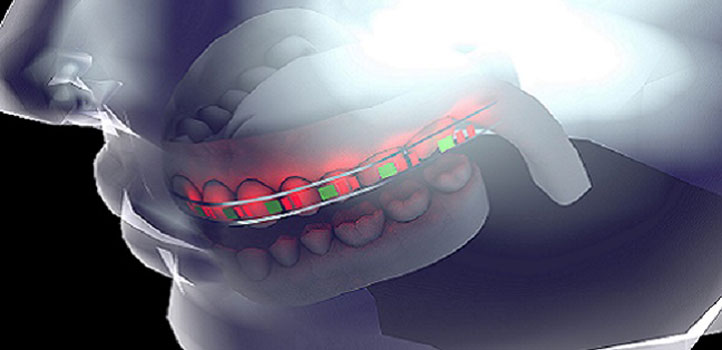
Electrical Engineering
Redesigned lithium-ion batteries could help improve the efficiency of orthodontic devices.
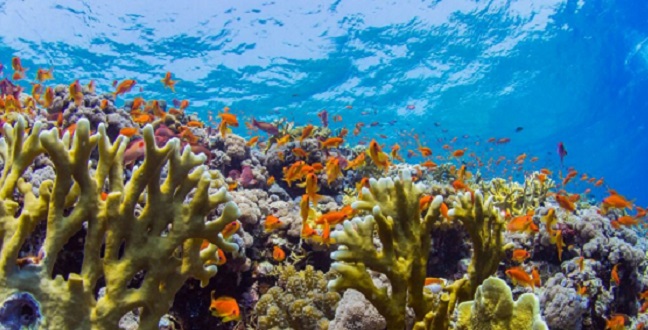
Marine Science
Coral ecosystems may be able to adapt rapidly to climate change through natural plastic responses.
Environmental Science and Engineering
A nature-based technique paves the way for cheaper and environmentally friendly liquid-repellent materials.
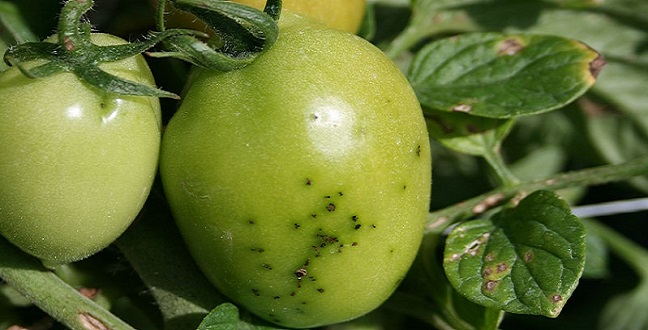
Plant Science
Plants can reprogram their genetic material to mount a defensive response against pathogens, which may have applications for agriculture.
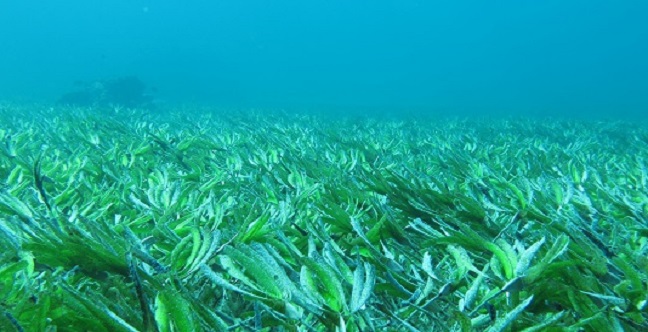
Marine Science
Mangroves, seagrass meadows, seaweeds and saltmarshes, the forests of the sea, perform a vital and often overlooked role in storing carbon and mitigating the effects of climate change.
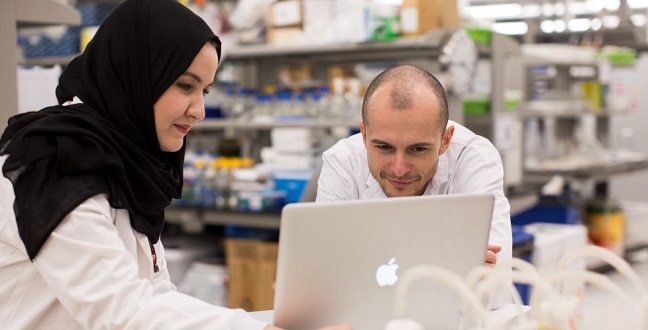
Computer Science
A new tool uses genetic and clinical information to find the root cause of unexplained illnesses.
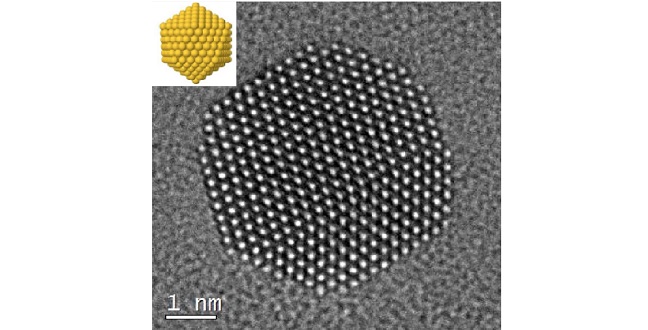
Chemistry
Understanding how small organic ions stabilize gold nanoparticles may allow for better control.
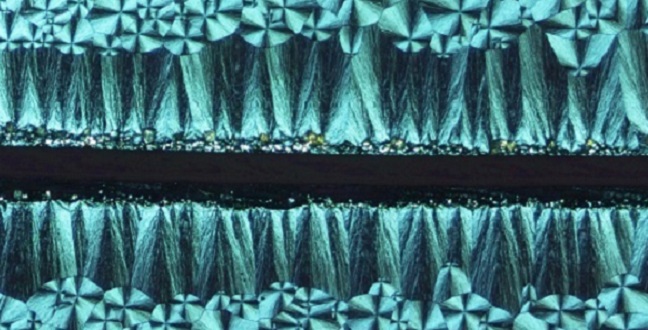
Material Science and Engineering
Varying the thickness of crystallizing materials facilitates control over the patterns and properties of crystals.
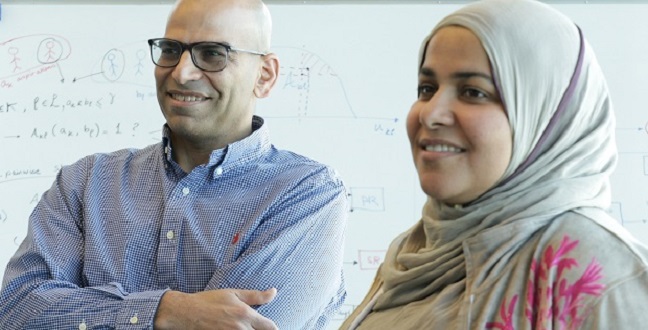
Electrical Engineering
Autonomously pairing network users could expand the capability of the next generation of wireless networks
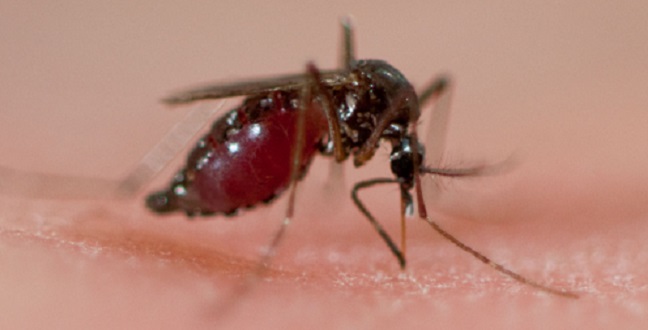
Bioscience
Africa now joins Southeast Asia in hosting parasites partially resistant to the first-line antimalaria drug, artemisinin.
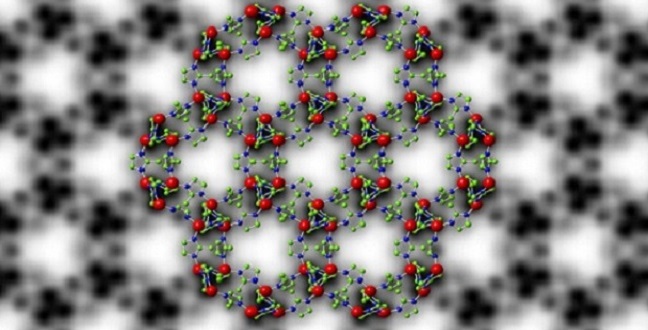
Chemistry
Highly sensitive electron cameras allow researchers to see the atomic structure of metal-organic frameworks.

Plant Science
The high-quality sequencing of a quinoa genome brings new potential for global food security.
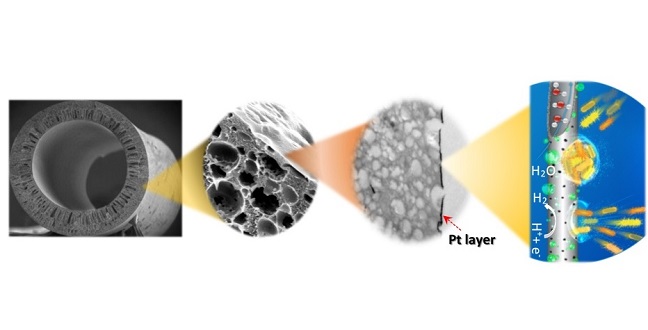
Environmental Science and Engineering
A material made by combining a metal and a polymer can help generate hydrogen and fresh water from wastewater.

Electrical Engineering
High-speed fabrication developed at KAUST can turn out adhesive and flexible electronic devices in any shape imaginable.
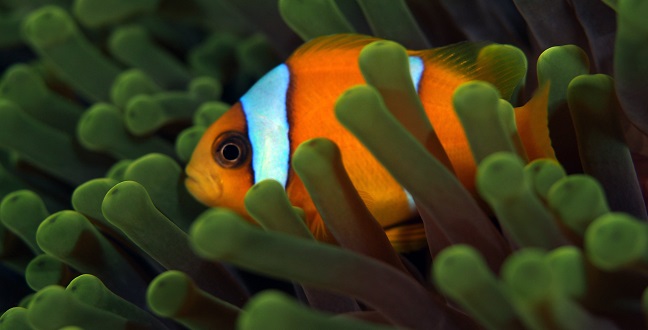
Marine Science
Identification of candidate pathways in clownfish shows they can control responses to population alterations.
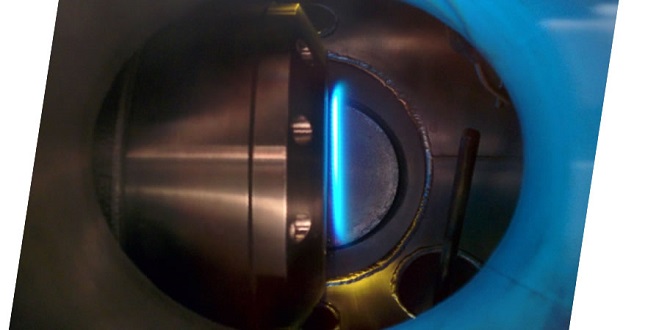
Mechanical Engineering
The characterization of compounds produced in combustion could lead to cleaner, more efficient power stations.
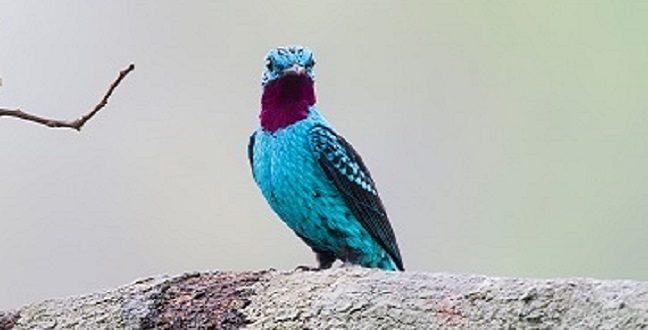
Applied Mathematics and Computational Sciences
Wafer-thin, scratch-proof films can generate a rainbow of colors using random metallic nanostructures.
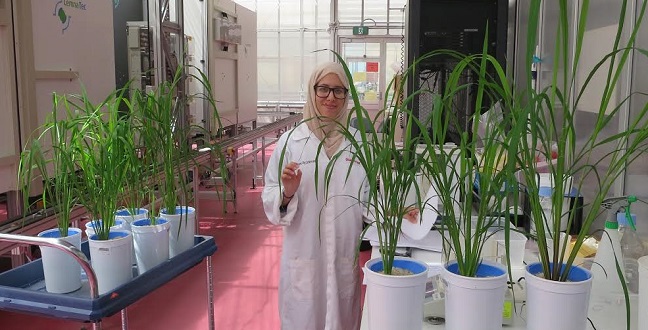
Plant Science
Real-time genetic detailing of rice plants highlights the roles of different loci in response to salt stress during growth.
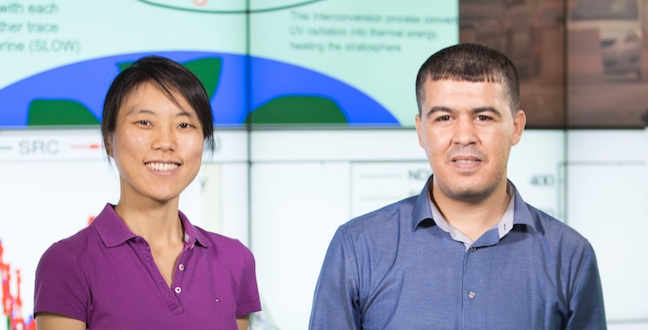
Applied Mathematics and Computational Sciences
Sophisticated statistical methods can detect ozone pollution hot spots and monitor instrument failure.
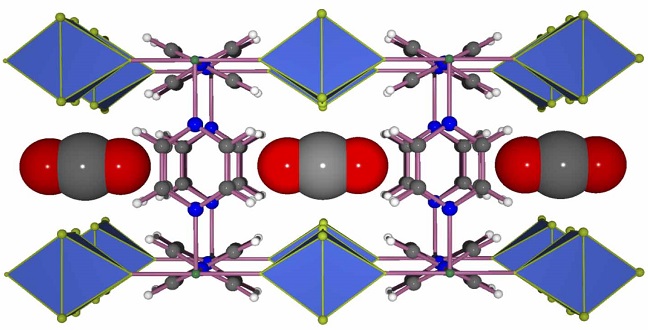
Chemistry
New heights reached for solids that capture carbon dioxide at low concentrations in gas mixtures.

Chemistry
A clean, green, metal-free approach to making high-performance polycarbonates.
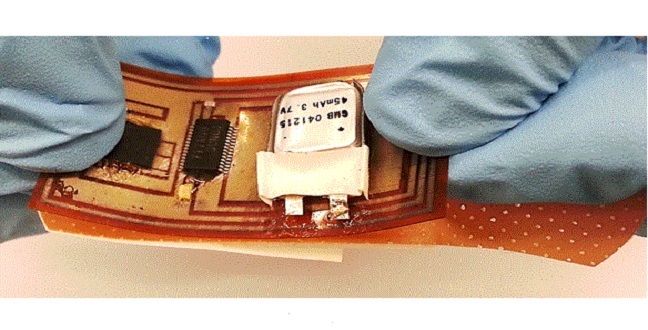
Electrical Engineering
Smart bandage technology provides instant updates on the condition of chronic wounds through a mobile phone app.
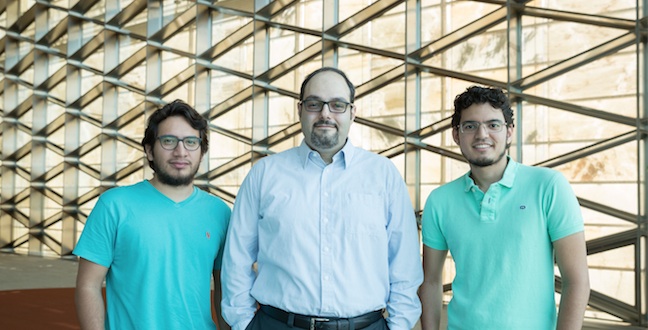
Electrical Engineering
Algorithms that train computers to automatically detect human activity in videos can improve online searches and real-world surveillance systems.
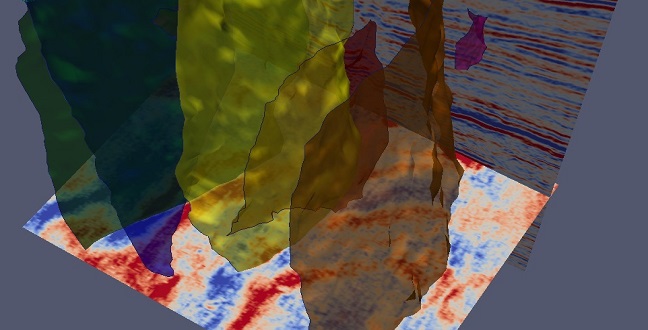
Electrical Engineering
Software that automatically recognizes surfaces within complex three-dimensional images can benefit petroleum extraction.
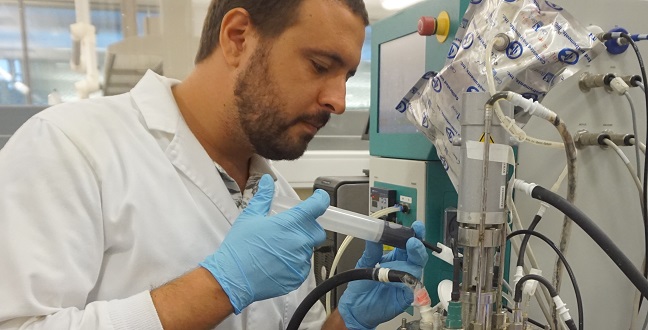
Environmental Science and Engineering
Certain bacteria-based water treatment systems may help prevent the spread of antibiotic resistance.

Computer Science
New software generates three-dimensional models of buildings, with applications for disaster relief support.
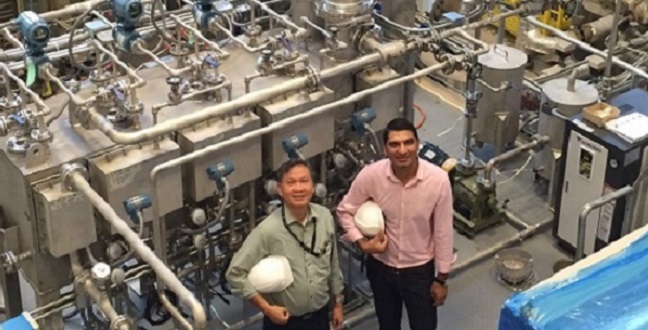
Environmental Science and Engineering
Combining methods for water desalination results in low-cost, highly efficient water production.
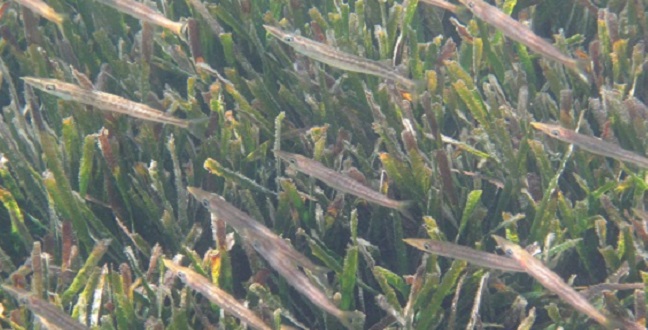
Marine Science
Seagrass genome reveals the structural and physiological adaptations needed for plants to survive and thrive in the marine environment.
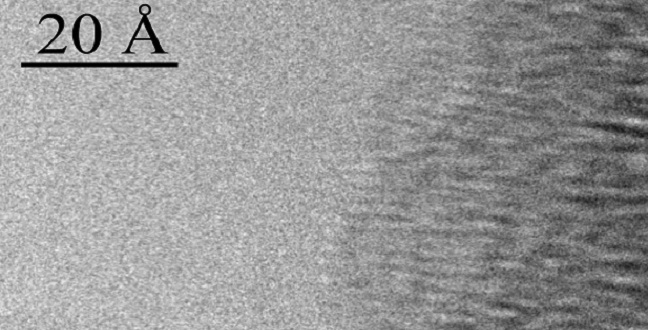
Material Science and Engineering
Direct imaging of a single DNA molecule provides insights into fundamental biological processes.

Bioscience
Novel use of gaming technology enables researchers to 'step inside' the brain.
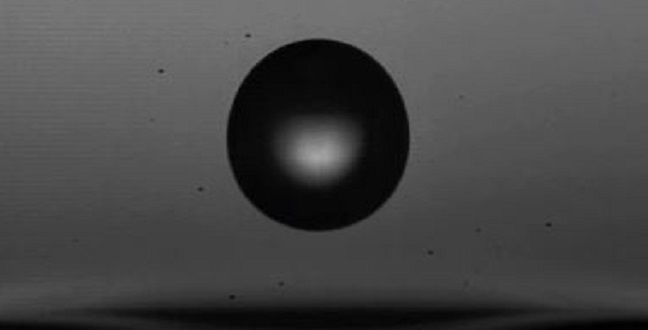
Mechanical Engineering
Capturing the hidden details of coalescence cascades that connect bubbles and droplets may improve oil extraction practices.
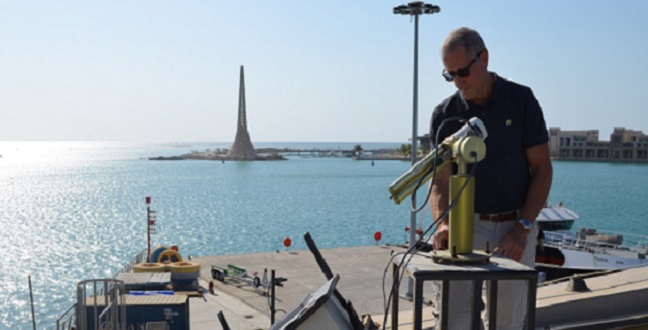
Earth Science and Engineering
Modelling reveals how atmospheric dust influences daytime patterns of energy transfer from sunlight.
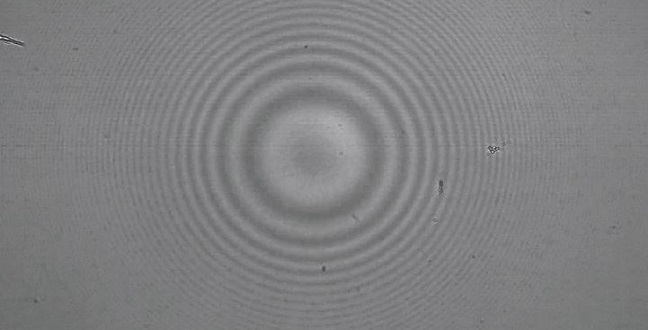
Mechanical Engineering
Ultrafast cameras spy surprising air-trapping effects intrinsic to droplet-based technologies such as inkjet printing.
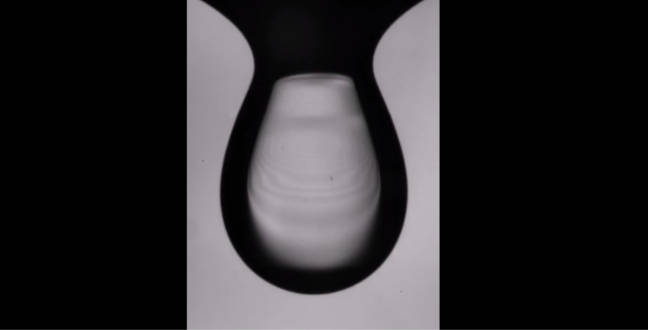
Mechanical Engineering
Stable air layers that wrap around liquid drops can retain their remarkable geometries a thousand times longer than theory predicts.
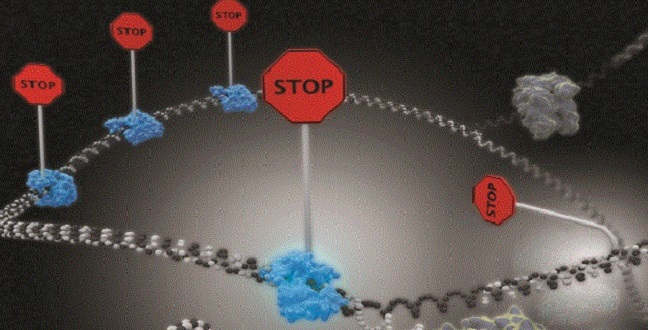
Bioscience
Termination sites of DNA are shown to stop slow-moving replication forks but not faster ones.
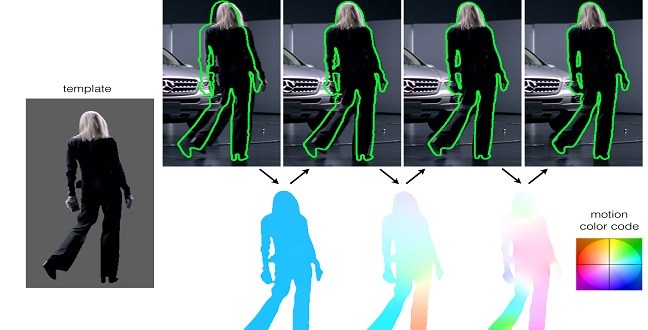
Electrical Engineering
A surprisingly simple algorithm helps computers perceive individual objects inside videos from their movement patterns.
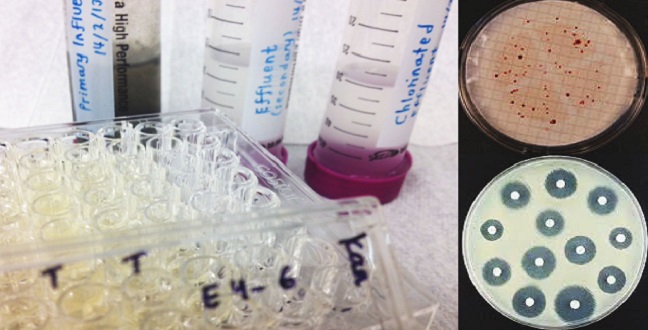
Environmental Science and Engineering
Treated wastewater may be suitable for some irrigation uses, but antibiotic-resistant microbes could be cause for concern.
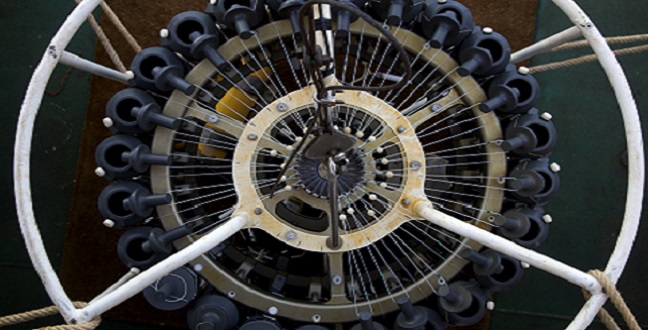
Marine Science
Analyses of marine bacteria offer insights into processes of carbon storage and release beneath the sea.

Computer Science
State-of-the-art facilities and world-class research projects give rise to thriving start-up companies based at KAUST.
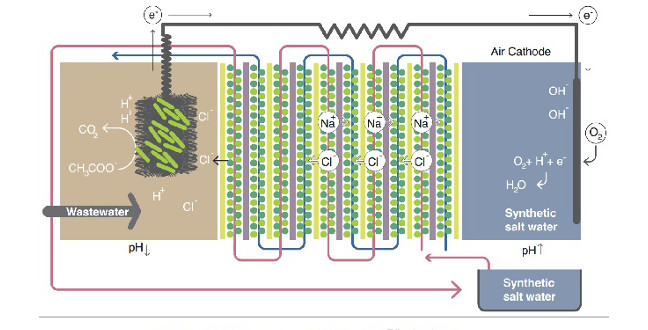
Environmental Science and Engineering
Resins improve bacterial performance in converting seawater to potable supply.